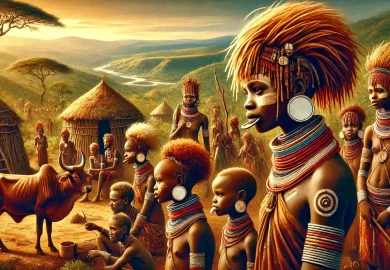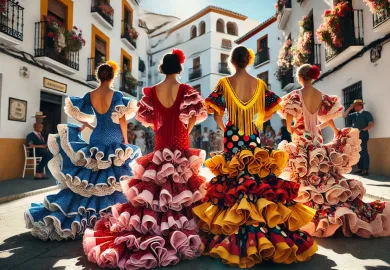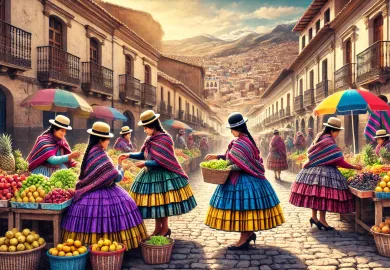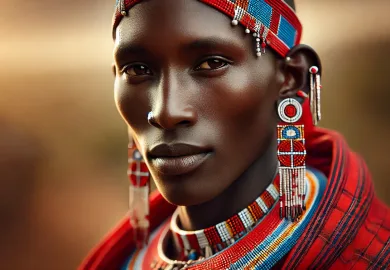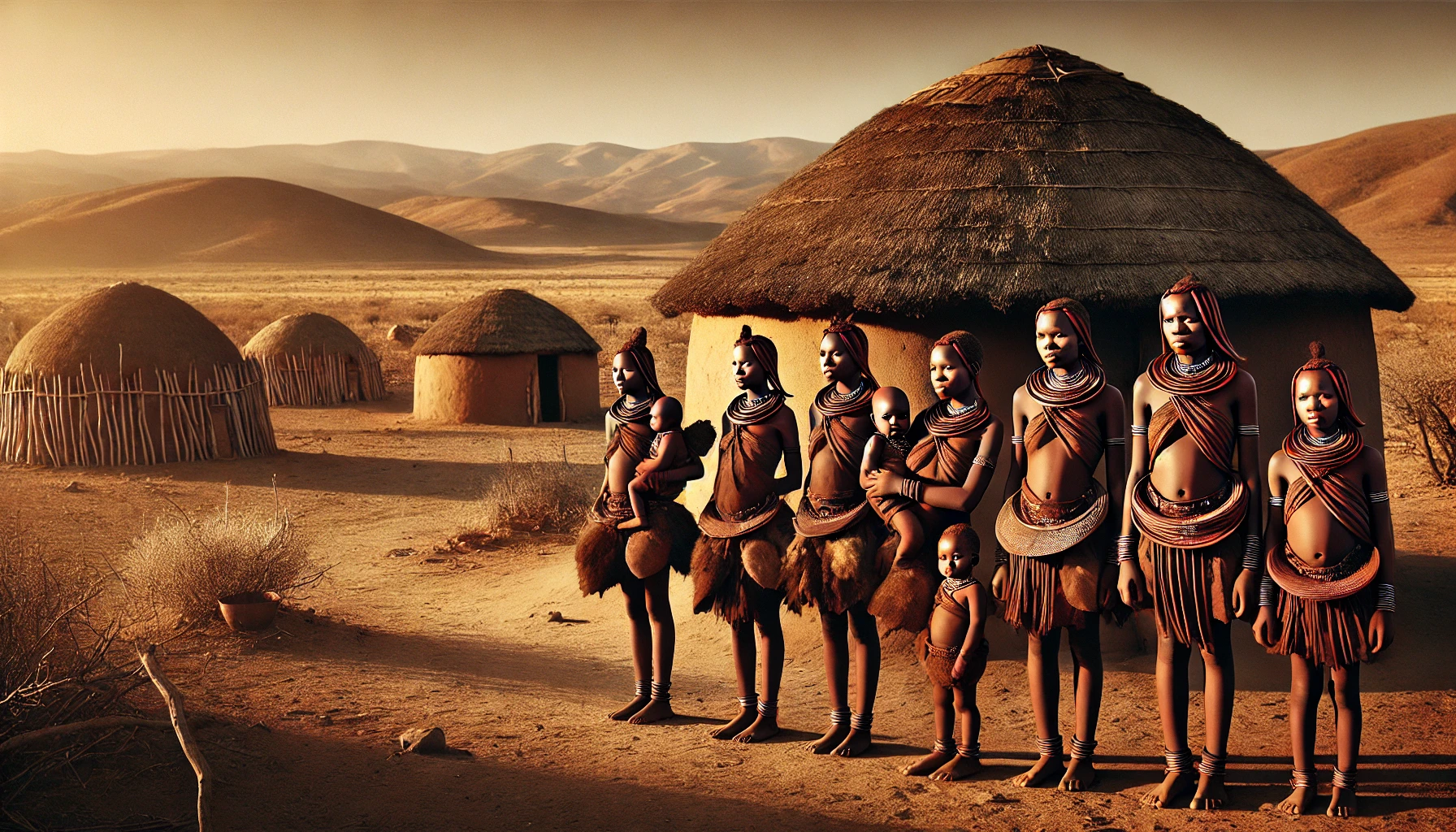
Disclaimer: This content was generated using AI. While I strive for accuracy, I encourage readers to verify important information. I use AI-generated content to increase efficiencies and to provide certain insights, but it may not reflect human expertise or opinions.
Nestled in the rugged terrain of Northern Namibia and Southern Angola, the Himba people are one of the last remaining semi-nomadic pastoralist tribes in Africa. Known for their striking appearance, unique cultural practices, and deep connection to their land, the Himba have long fascinated anthropologists and travelers alike. Their way of life offers a glimpse into a world where ancient traditions have been preserved for centuries, despite the encroaching influences of modernity. This article delves into the rich cultural tapestry of the Himba, exploring their history, social structures, and the practices that make them one of the most intriguing cultures in the world today.
The Origins and History of the Himba People
The Himba people are part of the larger Ovaherero ethnic group, with their origins tracing back to the Herero people who migrated to present-day Namibia and Angola during the 16th century. Over time, the Himba separated from the Herero due to various sociopolitical reasons, including conflicts over resources and different responses to external pressures from European colonizers.
Living in the arid and often inhospitable climate of the Kunene region, the Himba adapted their lifestyle to the harsh environment. Their history is marked by resilience and adaptability, traits that have enabled them to maintain their cultural identity despite numerous challenges. During the colonial period, the Himba faced many adversities, including forced labor and land seizures, but they managed to preserve their traditional way of life.
In the late 19th century, the Himba people faced near extinction due to a severe drought that decimated their cattle herds, a critical resource for their survival. Despite these hardships, the Himba have managed to thrive, continuing to practice their ancestral traditions with pride. Their ability to maintain their culture in the face of adversity is a testament to their enduring spirit.
Himba Social Structure and Family Life
At the heart of Himba culture is a deeply rooted social structure that revolves around family and community. The Himba society is patriarchal, with clans led by male elders who make key decisions regarding the welfare of the group. However, women also hold significant power and influence, particularly in domestic and spiritual matters.
Marriage is a central institution in Himba society, with arranged marriages being the norm. These unions are often negotiated by the families of the bride and groom, and they serve to strengthen ties between different clans. Polygamy is common, with wealthier men having multiple wives, each contributing to the household’s prosperity through their labor and childbearing.
Children are highly valued in Himba culture, seen as a continuation of the family lineage and a source of pride. From a young age, children are taught the customs and traditions of the Himba, ensuring that the knowledge is passed down through generations. Boys are often trained in herding and cattle management, while girls are taught domestic skills and the art of adornment, which is a significant aspect of Himba culture.
The Unique Beauty Rituals and Attire of the Himba
Perhaps the most iconic aspect of Himba culture is their distinctive appearance, particularly the beauty rituals that women undertake. Himba women are renowned for their intricate hairstyles and the red ochre paste, known as otjize, that they apply to their skin and hair. This practice serves both aesthetic and practical purposes, protecting their skin from the harsh sun and insect bites, while also symbolizing beauty and fertility.
The process of creating otjize involves mixing butterfat with ochre, and sometimes aromatic herbs, which is then applied to the body. This reddish hue has become synonymous with Himba identity, making them easily recognizable. The hairstyles of Himba women also hold cultural significance, often indicating their age, marital status, and social rank. Young girls typically have two braids called ozondato, while married women wear elaborate headdresses made of animal skins and jewelry.
In addition to their beauty rituals, the Himba people also wear traditional clothing made from animal hides and adorned with beads, shells, and other natural materials. These garments are not only practical for their environment but also serve as a form of self-expression and social communication. The jewelry worn by the Himba, particularly the necklaces and bracelets, often signifies wealth and social status, with certain pieces passed down as heirlooms through generations.
Spiritual Beliefs and Practices of the Himba
Spirituality plays a central role in Himba culture, with their beliefs deeply intertwined with the natural world. The Himba practice a form of ancestor worship, believing that their deceased ancestors continue to play an active role in the lives of the living. These ancestors are honored through rituals and ceremonies, which are led by the clan’s spiritual leader, known as the omuhona.
One of the most important spiritual practices in Himba culture is the maintenance of the sacred fire, or okuruwo. This fire is kept burning at all times in the homestead and is believed to serve as a connection between the living and their ancestors. The smoke from the fire carries prayers and messages to the ancestors, who are thought to offer guidance and protection in return. The fire is also a focal point during important ceremonies, such as births, marriages, and funerals.
In addition to ancestor worship, the Himba also believe in a supreme deity known as Mukuru, who is associated with the sky and rain. Mukuru is considered a distant god, often approached through the ancestors rather than directly. The Himba’s deep respect for nature is reflected in their spiritual practices, as they believe that every element of the natural world is imbued with spiritual significance.
Challenges Facing the Himba People in the Modern World
Despite their remarkable ability to preserve their culture, the Himba people face numerous challenges in the modern world. One of the most pressing issues is the encroachment of modernity and the associated loss of traditional land. As Namibia and Angola develop economically, the Himba’s ancestral lands are increasingly under threat from commercial agriculture, mining, and tourism.
Climate change also poses a significant threat to the Himba way of life. The increasing frequency and severity of droughts in the region have made it difficult for the Himba to sustain their cattle herds, which are central to their economy and culture. Water scarcity is a growing concern, as it directly impacts the Himba’s ability to maintain their pastoral lifestyle.
Additionally, the Himba’s exposure to modern influences, such as education and media, has led to a gradual erosion of traditional values among the younger generation. While some Himba have embraced aspects of modern life, others see these changes as a threat to their cultural identity. Balancing the preservation of their heritage with the demands of the modern world is a complex and ongoing challenge for the Himba people.
In conclusion, the Himba people are a remarkable example of cultural resilience and adaptability. Their rich traditions, unique social structures, and deep spiritual beliefs have allowed them to thrive in one of the most challenging environments on earth. However, as the modern world continues to encroach upon their way of life, the Himba face significant challenges in maintaining their cultural identity. It is essential for the global community to support the Himba in their efforts to preserve their heritage while also addressing the contemporary challenges they face.


